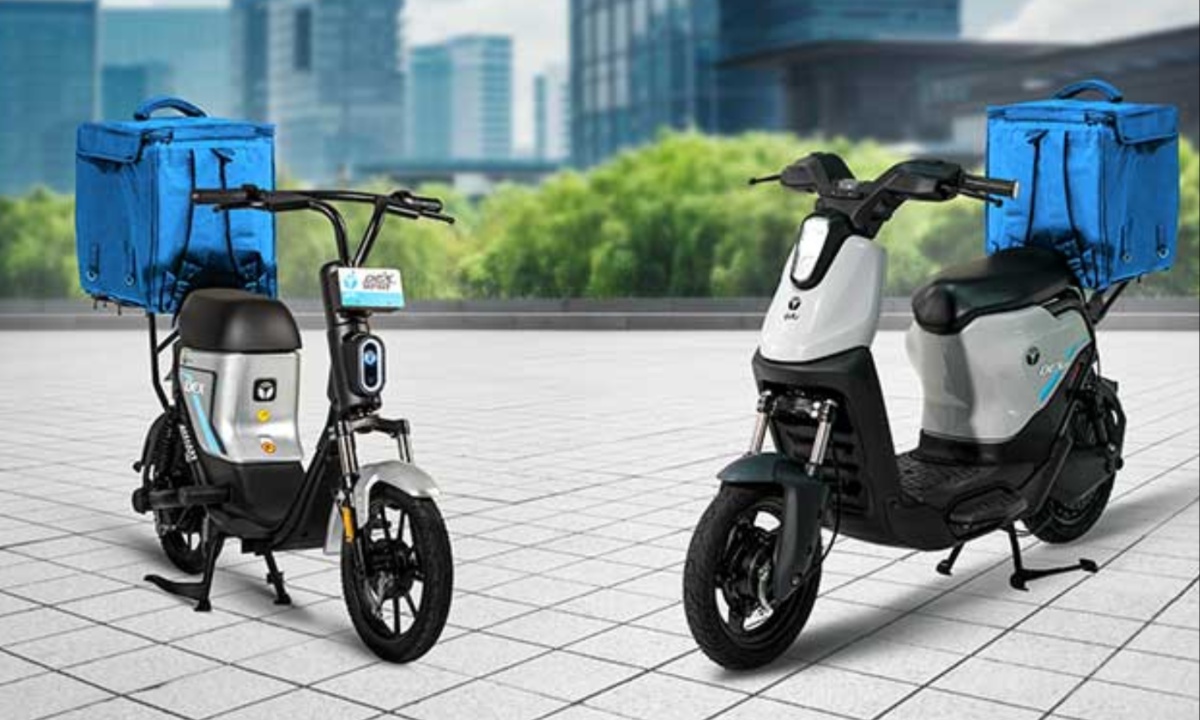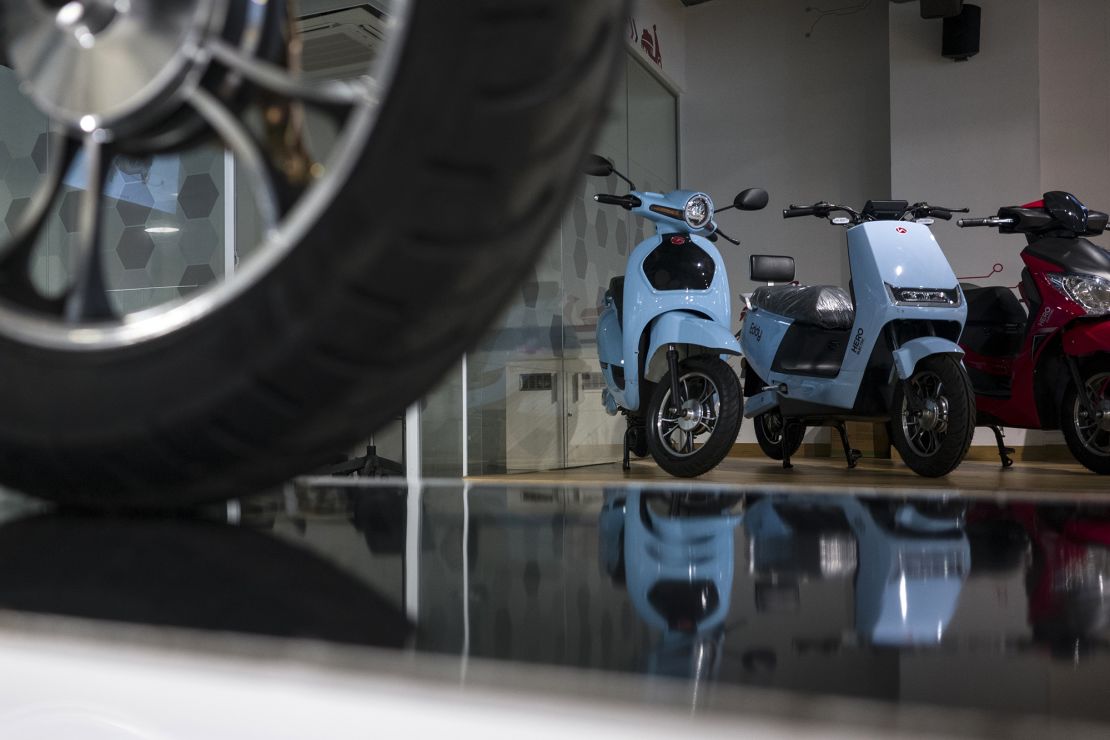The Indian electric scooter and motorcycle market surpassed the milestone of 1 million units sold in October 2024, becoming the second-largest market globally after China to achieve this feat. This remarkable growth has been fueled by strong government incentives and the active participation of major original equipment manufacturers (OEMs). Over the past two years, the market surged from 176,996 units sold in 2021 to an impressive 904,262 units in 2023. Major players like TVS Motor have contributed significantly to this growth through the introduction of popular electric vehicle models.
Government policies have played a crucial role in driving this expansion, particularly incentives for vehicles manufactured locally with Indian-made components. The incentives have evolved, with the most recent being the EMPS 2024 plan, which allocated ₹500 crore to promote electric two- and three-wheelers. Under this plan, ₹333.39 crore was earmarked to support the sale of over 333,387 vehicles in just four months. The subsidy per electric two-wheeler amounts to ₹5,000 per kWh of battery capacity, capped at 15% of the factory price, which is less generous compared to the earlier FAME 2 scheme offering ₹10,000 per kWh.

Despite reduced subsidies under EMPS, the Indian electric two-wheeler market has maintained strong momentum. Over 1.05 million units were sold in the first 10 months of 2024, marking the highest-ever sales performance for the sector. This rapid adoption highlights strong consumer interest in electric vehicles and the commitment of manufacturers to innovation and affordability, ensuring steady growth despite evolving policy conditions.
Among the major players, Ola Electric leads the market with 348,131 units sold year-to-date in 2024, reflecting a remarkable 93.5% growth. TVS Motor follows in second place, thanks to its iQube model, with 210,302 units sold, achieving 32.1% growth. Bajaj Auto ranks third, driven by the success of its Chetak and the newly launched Yulu model, which helped it record 205,757 sales and a staggering growth of 189%.
Other competitors show varying degrees of success. Ather recorded 99,830 sales, remaining steady with a slight dip of 0.1%, while Ampere saw a decline of 8.5%. In contrast, Hero experienced impressive growth, with a 242% increase in sales. This dynamic market reflects the fierce competition among manufacturers and the growing popularity of electric vehicles as India transitions towards sustainable mobility solutions.

